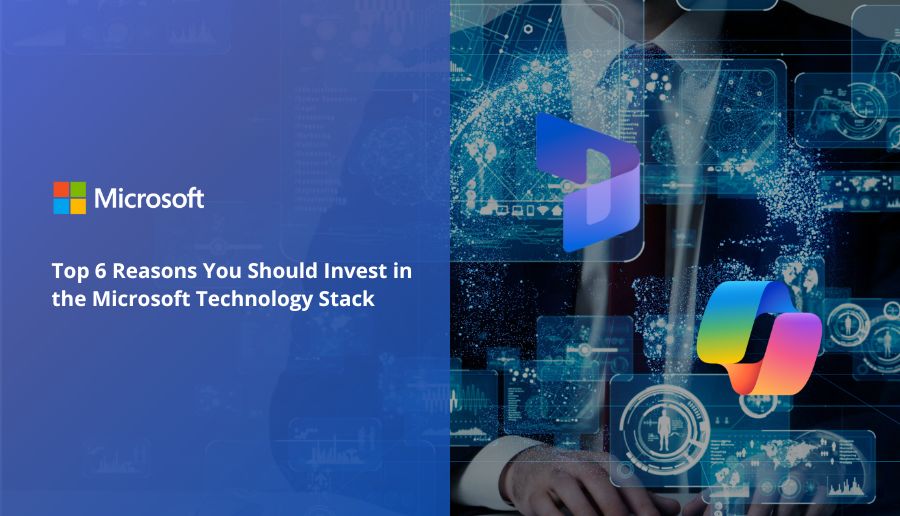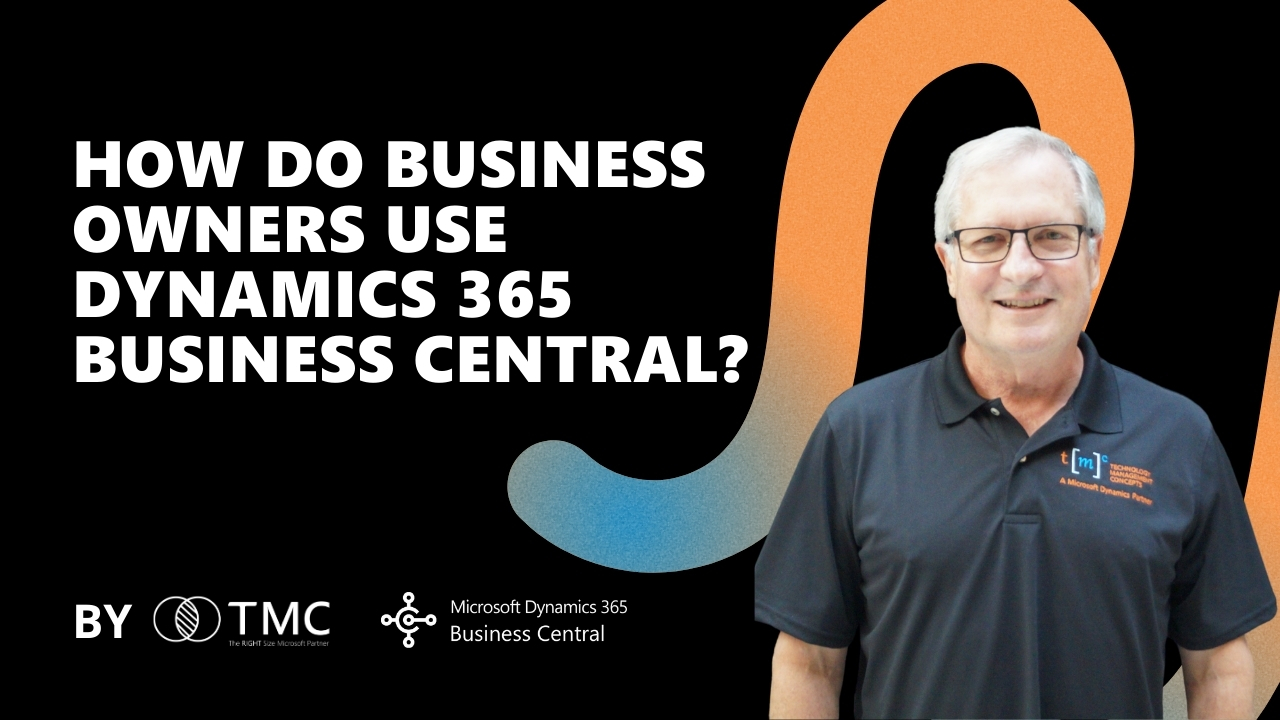If you’ve found your way to this page, you’re likely in the process of searching for the right ERP system that suits your needs. If you’re currently using a legacy ERP, you may be facing various challenges within your existing system and wondering which ERP system addresses all your concerns.
If you’re currently debating between Sage Intacct and Dynamics 365 Business Central, we’re here to help you make an informed decision. Let’s dive into the comparison!
Dynamics 365 Business Central vs Sage Intaact Comparison
1.Unified Technology System
Business Central: One of the standout features of Dynamics 365 Business Central is its seamless integration with other Microsoft products like Microsoft 365 (Office 365), Power BI, and Azure. This integration simplifies data sharing, reporting, and analytics, streamlining your workflows and enhancing efficiency. If you’re already enjoying the use of Microsoft 365 and Copilot, Business Central would be a natural extension to your existing tools.
Sage Intacct: Although Sage Intacct provides integration features, its main focus is on financial management. To achieve a comprehensive integration with other business apps, it may require the use of extra third-party tools. This can sometimes lead to more complex and costly implementations compared to the native integrations offered by Business Central.
2. Comprehensive Functionality
Business Central: Business Central delivers broad capabilities from the get-go, encompassing financial, supply chain, and project management among others. It provides a comprehensive ERP solution, significantly reducing the necessity for an excessive number of add-ons.
Sage Intacct: Sage Intacct excels in financial management and accounting, providing significant financial management capabilities as a best-in-class solution. It complies with GAAP and is the only financial management software recommended by the AICPA. However, for broader ERP needs such as supply chain management or project management, additional modules or third-party solutions may be required, potentially increasing complexity and costs. While Sage Intacct has some operational capabilities, they are quite basic compared to the comprehensive features of Business Central.
3. Future-Proof Cloud Solution
Business Central: As a cloud-based ERP, Business Central ensures automatic updates, security patches, and continuous improvements without burdening your IT team. This future-proof approach means you always have access to the latest features and enhancement for every business function.
Sage Intacct: Sage Intacct is also a cloud-based solution, offering automatic updates and security features. However, its focus remains primarily on financial management, and it may not provide the same breadth of continuous enhancements across all business functions as Business Central.
4. User-Friendly Interface
Business Central: Business Central is known for its modern and intuitive user interface, which is consistent with the look and feel of most Microsoft products. This familiarity reduces the learning curve and boosts productivity.
Sage Intacct: Sage Intacct has a user-friendly interface tailored for financial professionals. While it is intuitive for accounting tasks, users from other departments might find it less familiar compared to the Microsoft ecosystem’s consistent interface.
5. Strong Community and Support
Business Central: With a large and active user community, extensive documentation, and a network of Microsoft partners, you can easily find support and resources to help you get the most out of Business Central.
Sage Intacct: Sage Intacct also has a supportive user community and offers extensive documentation. However, the breadth and depth of the Microsoft partner network and community resources for Business Central are often considered more extensive.
6. Recognized Excellence
Business Central: Forbes Advisor named Dynamics 365 Business Central as the #1 ERP for SMBs, highlighting its strong performance and value for small to medium-sized businesses.
Sage Intacct: Sage Intacct is highly regarded for its financial management capabilities and has received accolades for its accounting software. However, it may not be as broadly recognized for comprehensive ERP functionality as Business Central.
Need Assistance from a Premier Microsoft Solutions Partner?
If you're facing issues with disconnected systems or struggling to scale your business, it's time to consider Dynamics 365 Business Central. We can be your guide in connecting your Microsoft solutions and ensuring a smooth transition. Allow us to assist you in attaining operational success and propelling your business forward.
















